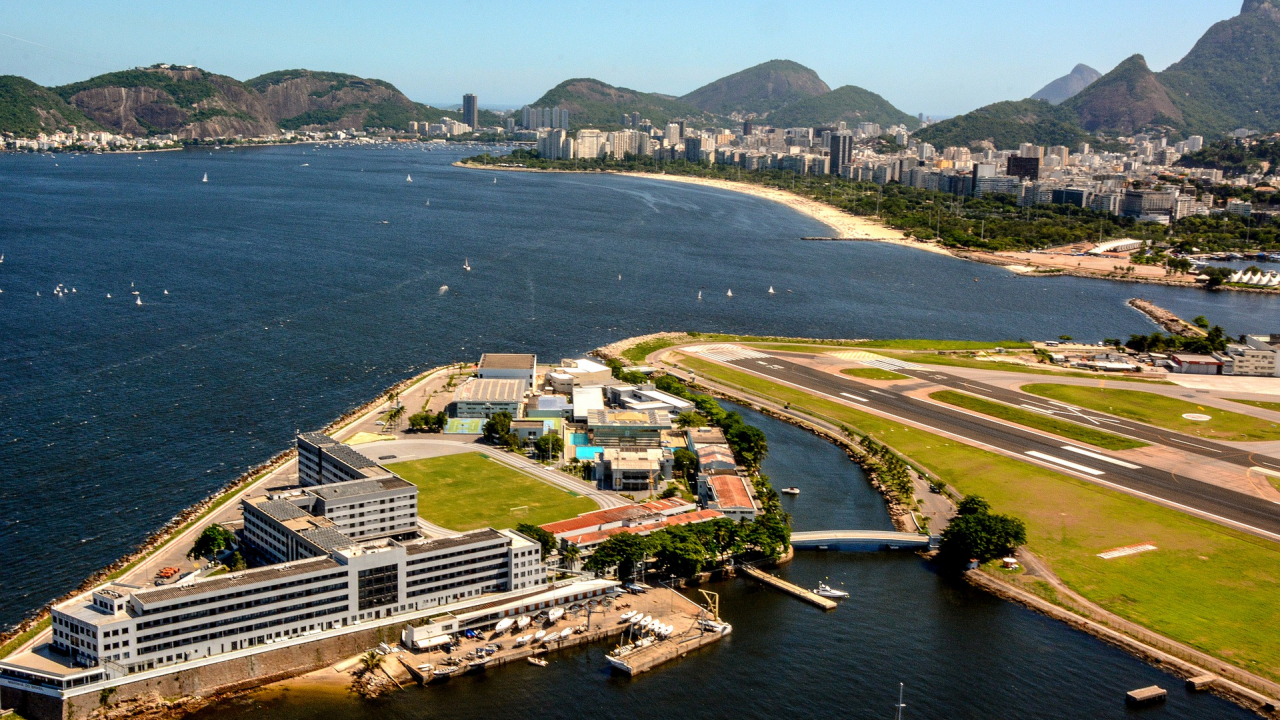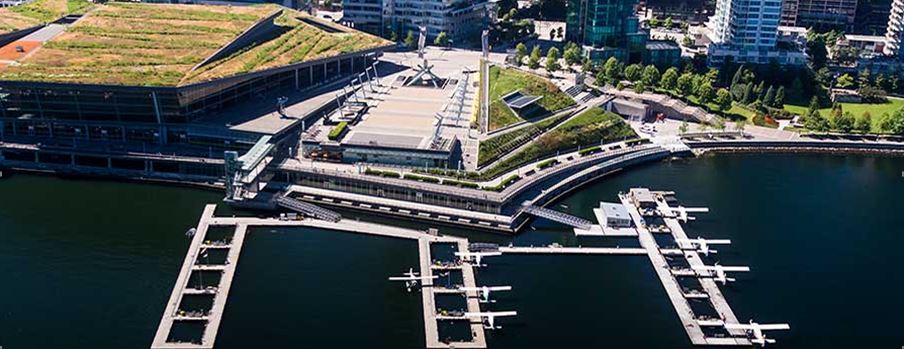The Brazilian Aviation Sector in a Brave New World – Opportunity Amid Challenges (Part 2 of 2)
André Soutelino
September 30, 2020

____simple_html_dom__voku__html_wrapper____>
Read Part 1 here. Despite the dramatic impacts of COVID19, some countries with high domestic traffic can take some advantage. That is the case for Brazil! Under the current COVID19 reality, there is a strong trend towards domestic travel. According to the main travel agency in Brazil (CVC), domestic sales are reaching 80% compared to 2019 and some receptive operators are investing in domestic market destinations like Del Bianco Travel Experience. The strength of domestic markets is an opportunity for the entire aviation chain. This is the time for regional aviation due to the interest in short-haul destinations/travel thanks to the pandemic. Brazil has a potential to support one or two domestic airlines. There is also a potential for regional and sub-regional airlines in Brazil. Another untapped opportunity is the seaplane sector and seaport activity. It is the most cost-effective way to connect all regions in Brazil, however the Brazilian Civil Aviation Authority needs to develop a regulatory framework for this novel mode of transport (perhaps taking a cue from Canada’s well-established and successful commercial seaplane passenger sector, exemplified by the Vancouver Harbour Flight Centre nestled in the heart of downtown Vancouver.  Source: Vancouver Harbour Flight Centre Although Brazil has more than 8,000 km of sea and rivers, there is no regulatory structure related to seaplane and seaports in Brazil. With a growing interest and strength in the regional market, there are opportunities for operators specialized in regional airport operations to invest and thrive in Brazil. The Federal Government has not decided the fate of state operator INFRAERO and it therefore continues as an airport operator and service provider. However, INFRAERO cannot leverage any advantage from being a public entity as all bidders for such opportunities must be on a level playing field. Recently, INFRAERO has secured a few regional airport operations (i.e. Botelho – DF, Divinópolis – MG, Guarujá – SP, Ipatinga – MG and Parnaíba – PI) under contract of service without going through a public tender process. By the end of 2022, the Federal Government intends to tender a total of 43 airports operated by INFRAERO (except the airports mentioned above). In March 2021, 22 airports will hit the market under Round 6 which will be the first time that airport operators will not be obligated to hold an equity position. Any consortia or entity can make an offer. The winner must hire an operator. Furthermore, round 6 will be the lowest investment requirement due to COVID/19. The Government has decreased the minimum offer and the number of improvements to be performed during the concession. Another key point is the strong US dollar ( 1 USD = 5,68 BRL). All in all, these 22 airports could be sold at bargain rates. In addition, two more airports (VCP and NAT) will be re-tendered. The concessionaires (respectively Aeroportos Brasil and Inframerica) are handing back the concessions to the Federal Government (see the IR Pulse June 2020 article “Tale of Two Cities – Viracopos & Natal Heading Back to the Auction Block” for more information).
Source: Vancouver Harbour Flight Centre Although Brazil has more than 8,000 km of sea and rivers, there is no regulatory structure related to seaplane and seaports in Brazil. With a growing interest and strength in the regional market, there are opportunities for operators specialized in regional airport operations to invest and thrive in Brazil. The Federal Government has not decided the fate of state operator INFRAERO and it therefore continues as an airport operator and service provider. However, INFRAERO cannot leverage any advantage from being a public entity as all bidders for such opportunities must be on a level playing field. Recently, INFRAERO has secured a few regional airport operations (i.e. Botelho – DF, Divinópolis – MG, Guarujá – SP, Ipatinga – MG and Parnaíba – PI) under contract of service without going through a public tender process. By the end of 2022, the Federal Government intends to tender a total of 43 airports operated by INFRAERO (except the airports mentioned above). In March 2021, 22 airports will hit the market under Round 6 which will be the first time that airport operators will not be obligated to hold an equity position. Any consortia or entity can make an offer. The winner must hire an operator. Furthermore, round 6 will be the lowest investment requirement due to COVID/19. The Government has decreased the minimum offer and the number of improvements to be performed during the concession. Another key point is the strong US dollar ( 1 USD = 5,68 BRL). All in all, these 22 airports could be sold at bargain rates. In addition, two more airports (VCP and NAT) will be re-tendered. The concessionaires (respectively Aeroportos Brasil and Inframerica) are handing back the concessions to the Federal Government (see the IR Pulse June 2020 article “Tale of Two Cities – Viracopos & Natal Heading Back to the Auction Block” for more information).  At this point it is unclear when the re-tendering process will be launched due to diligence requirements to assess the “real” value from these airports in light of COVID19 impacts on traffic recovery and future growth. Opportunities can be also seen for ground handling services. With the move to increase regional services within Brazil, regional airports will need ground handlers to serve airlines in these immerging markets. The Brazilian Government is launching a program called Voo Simple (Flying Simple) to foster all opportunities listed above, and others, to come to fruition. Program highlights include:
At this point it is unclear when the re-tendering process will be launched due to diligence requirements to assess the “real” value from these airports in light of COVID19 impacts on traffic recovery and future growth. Opportunities can be also seen for ground handling services. With the move to increase regional services within Brazil, regional airports will need ground handlers to serve airlines in these immerging markets. The Brazilian Government is launching a program called Voo Simple (Flying Simple) to foster all opportunities listed above, and others, to come to fruition. Program highlights include:
- Commercializing private aerodrome operations;
- No previous authorization to build runways;
- Regulation of seaports and seaplane operations;
- Simulator training every 24 months;
- Specific procedures for small airlines; and
- All aircraft registration facilitated in a digital format.
In conclusion, the current exchange rate is making all the opportunities outlined above more attractive for international investors and the law does not set any limit on foreign capital. New opportunities may also be realized if the government authorizes aviation fuel micro-distributors, driving competition and decrease airline operating costs. Brazil is waiting for investments with open arms!
